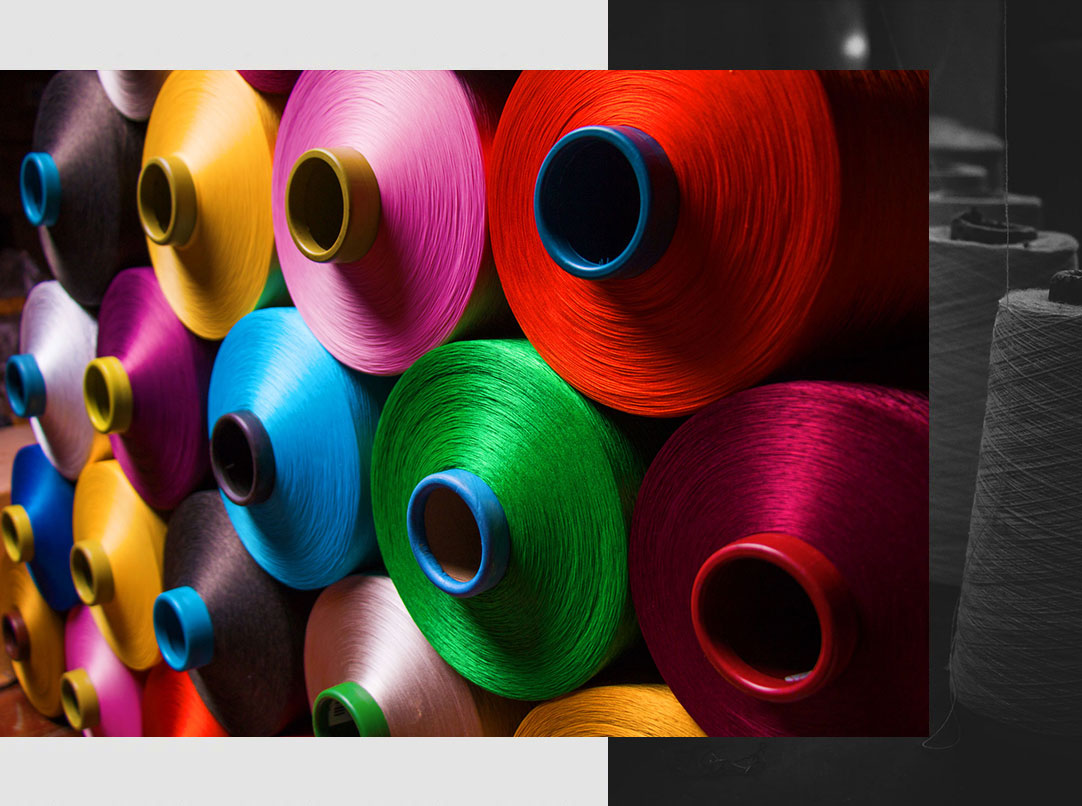Hengke Textile Technology Co., Ltd. is China ACY Yarn Manufacturers and ACY Yarn Factory. We specialize in the marketing of a diverse range of products in textiles such as POLYESTER YARN, NOLON YARN, ACY YARN, and almost all textile-related products.We have established a name of credentials owing to the making speed, quality practices, and the overall approach of the company. We are famous ACY Yarn Manufacturing Company. Our annual production capacity is over 300000 tons, we can meet the needs of different customers with different purchase quantities.We guarantee we always offer the best price to our clients.

-2.png)
I. The Strategic Importance of Blended Yarns in Textile Manufacturing The textile industry continuo...
-1.png)
In the technical textile supply chain, the mechanical properties of **polyester dty yarn**—specific...

The modern textile industry demands Air Covered Yarn (ACY) that is meticulously engineered to deliv...

For large-scale textile manufacturers, the elastic performance of Air Covered Yarn (ACY) is the def...
Strength and Durability: ACY Yarn (such as high-performance composite yarn) is usually stronger and more abrasion-resistant than traditional cotton or polyester yarn, and is suitable for sportswear, industrial fabrics and other scenarios.
Functionality: ACY Yarn may have additional functions such as moisture wicking, antibacterial, and UV resistance, while traditional yarns need to be post-processed to achieve similar effects.
Stability: ACY Yarn is less likely to deform in hot and humid environments, while traditional natural fibers (such as cotton) are prone to shrinkage or wrinkling.
Initial Cost: Due to its high technical content, ACY Yarn is usually priced higher than traditional yarns (such as ordinary polyester), but in the long run, it can reduce processing steps (such as no dyeing, no finishing), and reduce overall costs.
Production Efficiency: ACY Yarn may be suitable for high-speed weaving equipment, reduce downtime, and increase production capacity.
Sustainability: Some ACY Yarn uses recycled materials or degradable ingredients, which is in line with the environmental protection trend and may receive policy subsidies or brand premiums.
FAQ
With its high strength, functionality and lightweight characteristics, ACY Yarn is widely used in high-end sportswear (such as yoga pants, hiking socks), medical textiles (such as antibacterial bandages), industrial fabrics (such as filter materials) and environmentally friendly packaging. Compared with traditional yarns, it can meet more professional performance requirements, but the cost is higher and needs to be selected in a targeted manner.
No. Traditional yarns (such as cotton and wool) still occupy the mainstream market of daily clothing and home textiles due to their comfort, natural texture and low cost. ACY Yarn is more of a supplementary role and is used in scenarios that require special functions. The two may tend to merge in the future, such as blending technology combining the advantages of both parties.
Three factors need to be evaluated:
① End-user demand (whether antibacterial, high elasticity and other functions are required);
② Budget (ACY Yarn is suitable for high value-added products);
③ Production conditions (some ACY Yarn requires special equipment). It is recommended to conduct small-scale testing first, and then purchase on a large scale.